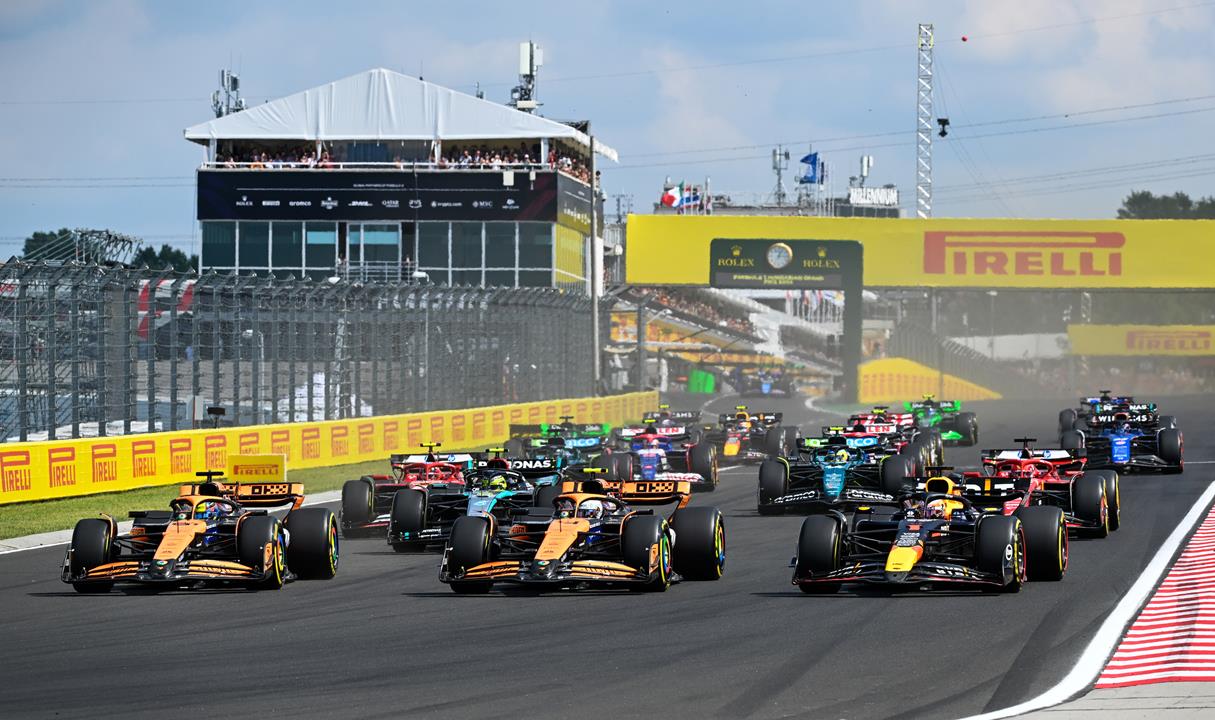Hungarian minister: unprecedented Hungaroring upgrade programme
The Formula One Hungarian Grand Prix is important to Hungary both in terms of PR and prestige, the head of the Prime Minister’s Office said on Sunday.
Speaking to reporters in the Hungaroring paddock ahead of the 39th Hungarian GP near Budapest, Gergely Gulyás said most of the negotiations on the future of the race had been concluded, and an agreement had been reached with the commercial rights holder on the types of upgrades that were needed to secure the race’s long-term future on the F1 calendar.
“The track at Mogyorod isn’t the most modern one, but this has only been the case until now with the launch of a 105 billion forint (EUR 268.6m) upgrade that allows the race to go ahead this year and the next,” Gulyás said, adding that the full extent of the upgrades agreed on with the rights holder will be seen in 2026.
He said most of the 300,000 spectators who flock to the racetrack each year are foreigners, which generated direct revenue for Hungary given that they tended to spend several days or even up to a week in the country.

Gulyás said the upgrades were ahead of schedule, and the work would resume after today’s race, adding that plans were to complete the upgrades by April 20, 2026.
Asked about a potential increase in ticket prices after the upgrade, Gulyás said the aim was not to keep raising prices, adding that the increased capacity of the track facilities was set to generate considerable revenue.
The Hungaroring circuit lap length is 4.381 kilometres and drivers are to complete a distance of 306.663 kilometres in the 70-lap race.

Read also:
- Prices at the Hungaroring: Outrageously expensive or the cheapest in Europe? – Read more HERE
- The first phase of the renovation of the Hungaroring Formula 1 circuit is complete – VIDEO and more in THIS article





